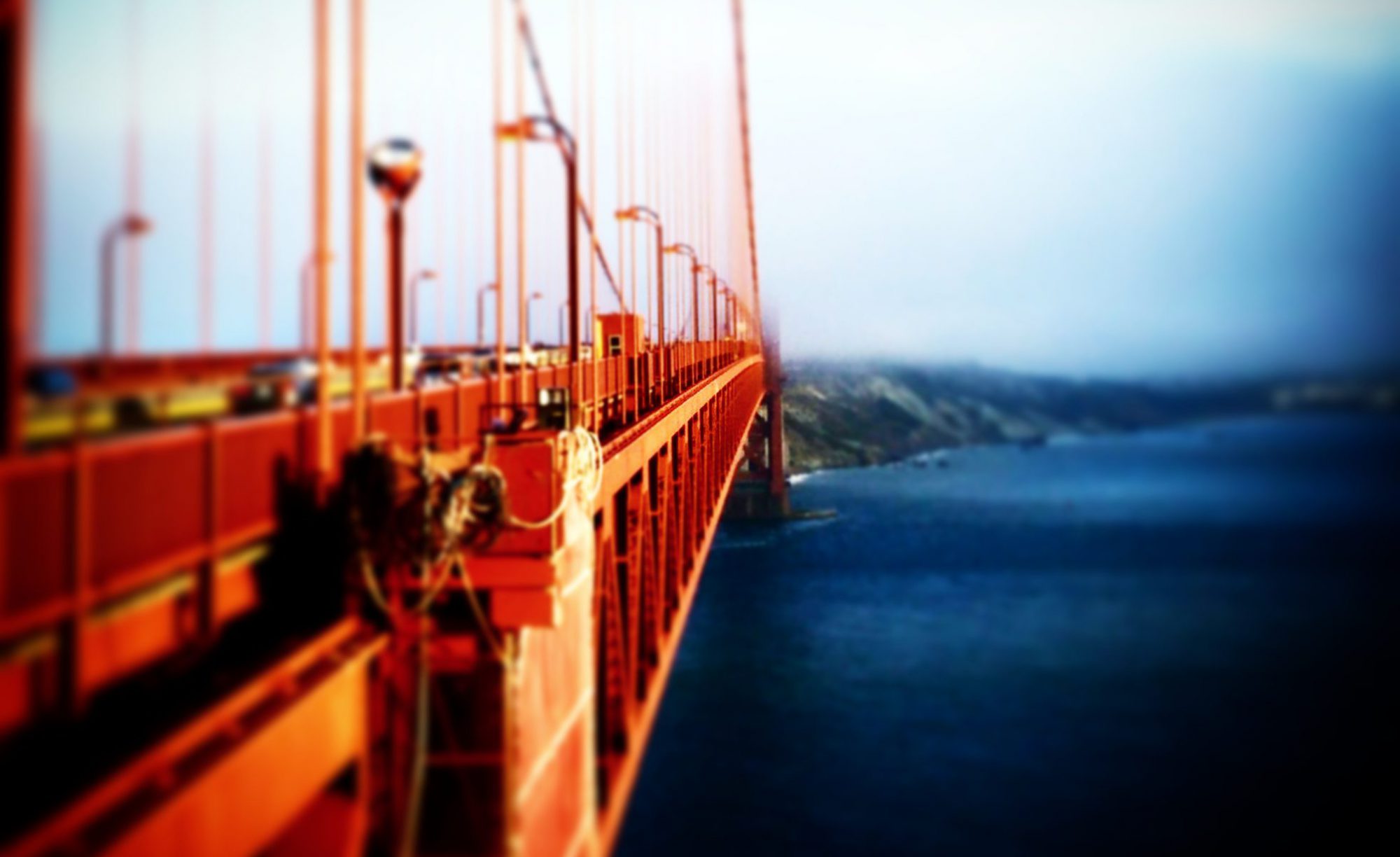
The idea of visiting the Farallon Islands has haunted me for many years. You almost forget about it, then on one of those clear clear days, it’s likely also warm, you spot them. There they are reminding you of their hidden existence sticking up out of the ocean jagged, sharp, and deadly like a shark’s tooth. Unlike “the world’s most visited prison” in the middle of the bay staring at you the Farrallon Islands are almost always hidden by a coastal marine layer that is barely ever removed.
As with most adventures of this type it’s an early morning. The “Salty Lady” pulls up to the dock at 7am. She’s a fifty foot fishing boat that is going to be our refuge for the next eight hours. Our tour is lead by the Oceanic Society. This organization consists of people who’s focus is on education, and pursuing ocean conservation. These folks really care about what they are doing. Their tours are stacked with naturalists whom help identify wildlife, interpret the nature around them, and deepen connections to nature. That being said, this is not pleasure cruise, there is no snack bar, there is no drink service, if you get wet there are no clean towels. As the captain Jerrod puts it “This is rustic eight hour trip into the open ocean.”
The Farallons are around twenty five miles off the coast of San Francisco. When they do reveal themselves to those on land it can be tough to tell exactly where they are. They are literally straight out from the mouth of the bay. In fact they are part of San Francisco’s Richmond district. By boat it is a two and half hour journey into the Pacific. The time melts and after breaking through the coastal fog bank these mysterious islands begin to appear in the horizon.
The islands are bare, no trees, a rocky mass standing up in defiance to the ocean. Today the islands and their surrounding water’s are a National Wildlife Refuge. These islands remained untouched until the arrival of the Europeans. Native Americans named them the “Islands of the Dead.” Obviously, they stayed away and the islands simply just existed. Upon the onset of the European’s arrival the islands history takes a turn for the tragic. The Spanish, the Russian’s and finally San Franciscan’s exploited the abundance of wildlife by economizing the harvest of animals to literally to the brink of extinction.
Mankind has left it’s mark of conquering this inhabitable place. Two turn of the century large wooden houses, and the remnants of a once glorious lighthouse which rests on the jagged peak of the Southeast Farallon. Outside of two to three scientists this place is inhabited by an astounding population of wildlife. These islands are a protected sanctuary for over a quarter million seabirds, seals, sea lions, migrating whales, and the illusive great white shark. Today is a particularly calm day which allow us to circle the Southeast Farallon Island to observe the different populations of wildlife. The land is jagged with a harsh shoreline but also exploding with wild life. It is not until we reach the Southeastern side of the island, that we get to experience what our naturalist refers to as “the smell of the Farallons.” The Pacific winds that have traveled over this land carrying a smell that is similar to a zoo, but more salty, fishy, and ripe. Makes me wonder what human beings smell like to wildlife.
After circumnavigating the main Farrallon Islands captain Jared turns the Salt Lady southwest towards the Continental Shelf. Apparently, whales love hanging out here due to a very a dramatic change in depth. At certain times of the year this very steep drop off, combined with the Earth’s spinning, and tidal currents cause vertical nutrient rich currents to rise toward the surface. It is obvious when we arrive at this unique place. We are literally surrounded by pods of Humpbacks and massive Blue whales. These incredible beasts could easily capsize the boat we are watching them from. At one point the captain cuts the Engine allowing us to drift. With the roar of the engine extinguished the sounds of the whales exhaling as they break the surface surrounds the boat. Here’s something you probably didn’t know unless you’ve spent time in close proximity to these creates. Whales have bad breath. I mean it stinks, like years and years of eating raw fish and never brushing your teeth. It’s ripe! After a good two hours of communing with the whales the Salty Lady turns back to San Francisco. Checking the Farallons of the list, I doubt this will be the last time I make this unbelievable journey our to sea.
Government Site : https://www.fws.gov/refuge/Farallon_Islands/about/history.html
Oceanic Society : https://www.oceanicsociety.org/whale-watching/farallons
Wiki : https://en.wikipedia.org/wiki/Farallon_Islands
